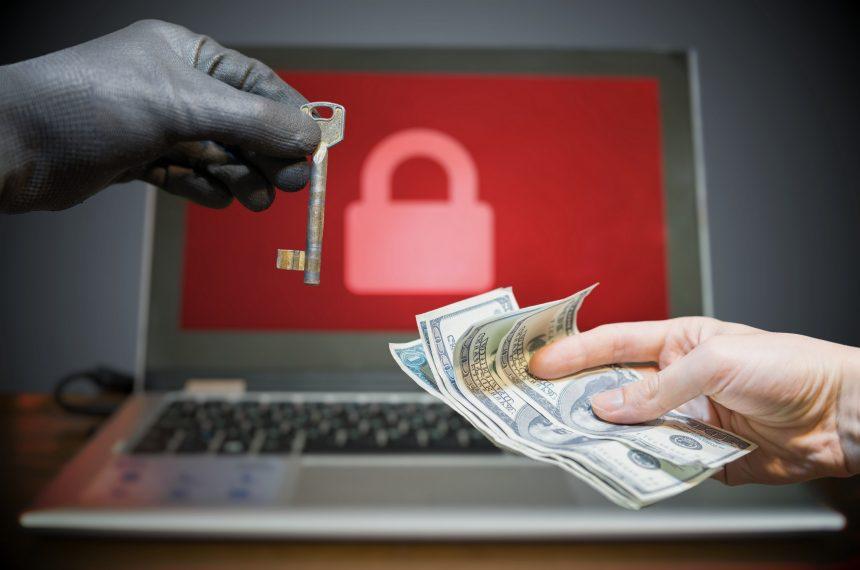In the ever-evolving landscape of cyber threats, ransomware remains a significant menace to individuals and organizations alike. Among the latest variants to wreak havoc is Payuransom ransomware. This insidious malware encrypts files, appends the “.payuransom” extension to filenames, alters desktop wallpapers, and leaves victims with a daunting ransom note, demanding payment for file decryption.
Understanding Payuransom Ransomware
Payuransom ransomware operates with ruthless efficiency, employing sophisticated encryption algorithms to lock victims out of their own files. Once infected, users find their cherished documents, photos, and other essential data rendered inaccessible. The ransom note, presented in multiple languages, further exacerbates the situation, urging victims to pay a sum of $130 in Bitcoin or Ethereum to regain access to their files.
Identifying Payuransom ransomware and its ilk can be challenging. However, various antivirus solutions, including Avast, ESET-NOD32, Kaspersky, and Microsoft, offer detection capabilities. Similar threats such as Nood, Zarik Locker, and Avira9 operate on comparable principles, encrypting files and demanding ransom for decryption.
The Consequences of Infection
The ramifications of falling victim to Payuransom ransomware are severe. Not only are files encrypted beyond access, but victims also face the daunting dilemma of whether to succumb to the demands of cybercriminals. Paying the ransom offers no guarantee of file recovery and may inadvertently support further criminal activities.
Removing Payuransom Ransomware: A Comprehensive Guide
If your system has fallen prey to Payuransom ransomware, immediate action is imperative to mitigate further damage. Follow these steps for effective removal:
- Isolate Infected Devices: Disconnect infected devices from networks to prevent the spread of ransomware to other machines.
- Backup Encrypted Files: While encrypted, backup encrypted files to prevent permanent data loss.
- Boot into Safe Mode: Restart your computer and enter Safe Mode to prevent the ransomware from executing during the removal process.
- Identify Malicious Processes: Open Task Manager (Ctrl + Shift + Esc) and terminate any suspicious processes associated with Payuransom ransomware.
- Delete Temporary Files: Clear temporary files and folders to remove any remnants of the ransomware.
- Use System Restore: If available, restore your system to a previous state before the ransomware infection occurred.
- Seek Professional Assistance: Consider consulting with cybersecurity experts or utilizing reputable malware removal tools to ensure thorough cleanup.
Preventing Future Infections
Prevention is key to mitigating the risk of ransomware attacks. Implement the following best practices to safeguard against future infections:
- Regularly Update Software: Keep operating systems and applications up to date to patch vulnerabilities exploited by ransomware.
- Exercise Caution with Email Attachments: Avoid opening suspicious email attachments or clicking on links from unknown senders.
- Backup Data Regularly: Maintain regular backups of essential files on external drives or cloud storage to facilitate recovery in the event of a ransomware attack.
- Enable Firewall and Antivirus Protection: Utilize robust firewall and antivirus software to detect and block ransomware threats before they can infiltrate your system.
- Educate Users: Educate users about the dangers of ransomware and promote cybersecurity awareness to mitigate the risk of human error.
Conclusion
Payuransom ransomware poses a significant threat to individuals and organizations, causing data encryption and demanding ransom for file decryption. By understanding the characteristics of this malware, implementing effective removal strategies, and adopting preventative measures, users can fortify their defenses against ransomware attacks and safeguard their digital assets. Vigilance, proactive security measures, and user education are paramount in the ongoing battle against cyber threats like Payuransom ransomware.





